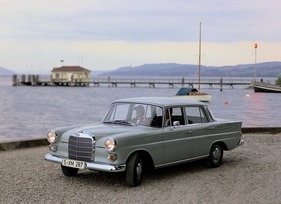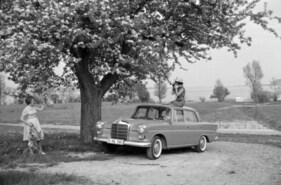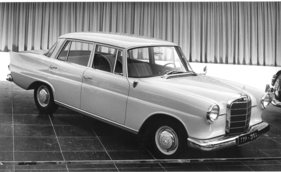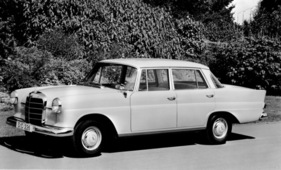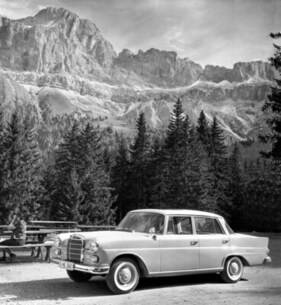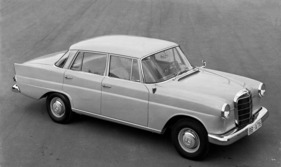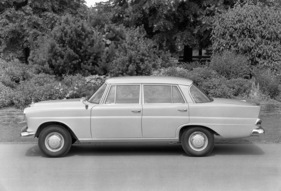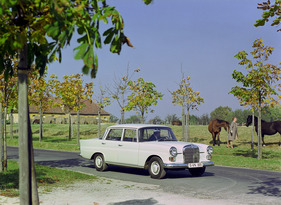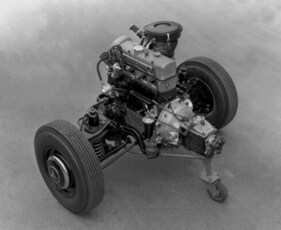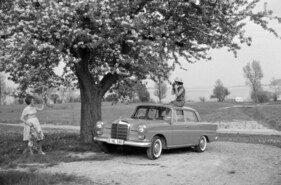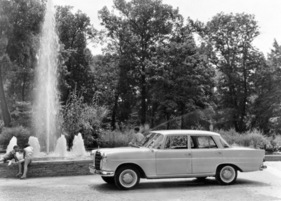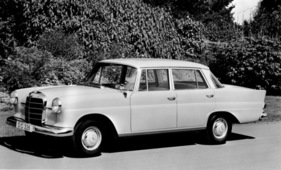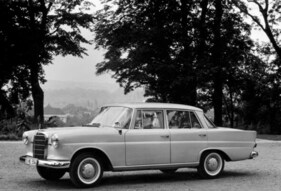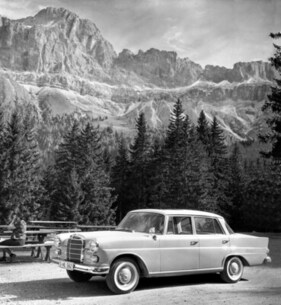Mercedes-Benz 190 Automatic (historical test): From Hamburg to Vienna without changing gear
Summary
"The automatic knows everything, can do everything and does everything the driver wants." This is how the automatic transmission of the Mercedes 190 Automatic could be described in 1962. Daimler-Benz's in-house design was more complex, but also much better than anything else on the market. The magazine 'hobby' wanted to know exactly and tested the 190 Automatic, the results are reproduced in the refreshed original text and illustrated with historical pictures.
This article contains the following chapters
- Not recognizable from the outside
- We wanted to know exactly...
- How does the automatic work?
- All gears in the gas pedal pedal
- In-house development for high demands
- Technical profile
Estimated reading time: 7min
Preview (beginning of the article)
Oil in the clutch is either the worst or the best thing that can happen to a driver. It all depends on the type of clutch. There was so much oil in the clutch of the car we had just driven that we had to do without using it altogether. What's more, the car didn't even have a clutch pedal. What was the point? The most comfortable way to drive is with the gas pedal and brake, the left foot has a break. But so does the right hand. Sensible people leave the shifting to an automatic machine. The machine knows everything, can do everything and does everything the driver wants. It does not displace people from their command post, but helps them to drive better. Of course, not all automatic machines are the same: Even if the driver of a Daffodil practically needs as little clutching and shifting as the driver of a Cadillac, the Cadillac Hydramatic would move the little car as little as the V-belt automatic would move the big one. So a suitable automatic had to be found for the 190 as well.
Continue reading this article for free?
Photos of this article



